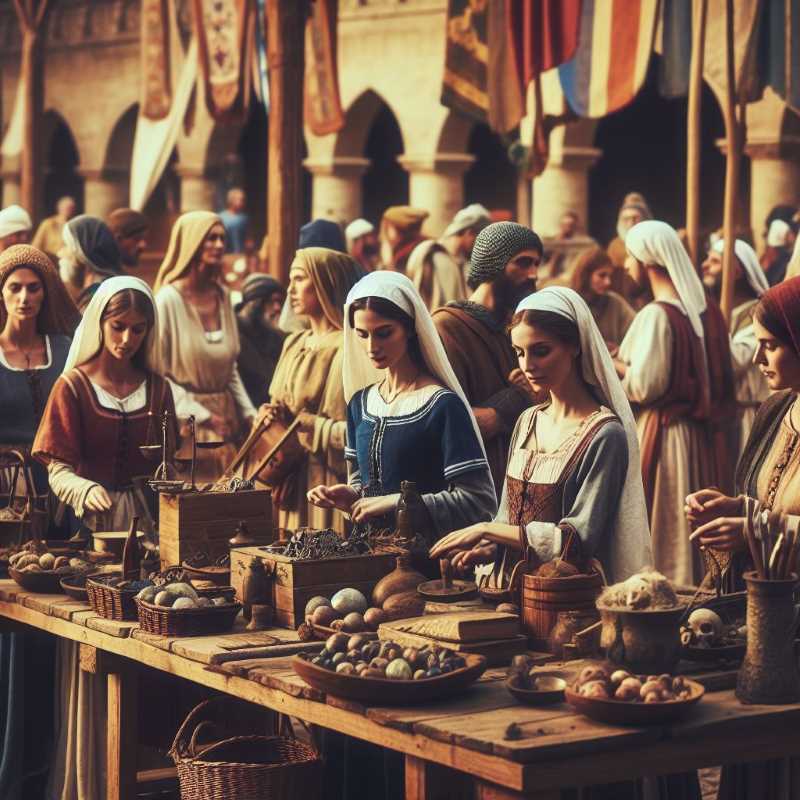How Medieval Women Seasoned Religion and Culture
Medieval women were complex individuals with agency in both religion and culture. New research reveals they weren't silent or marginalized, but played key roles in society, challenging the “man-opoly” narrative. Dive deeper and discover their fascinating stories.

Medieval women, it turns out, were more like a well-seasoned stew: complex, flavorful, and simmering with unexpected potential. Toss out the tired tropes of silent nuns and dowry-driven drudgery, because recent historians are spicing things up with a fresh perspective.
Imagine a world where “solidarity” wasn't just a hashtag, but the very fabric of society. That's the medieval scene, where women, like men, weren't just cogs in the family machine, but individuals with agency and a voice. They weren't all locked in convents, praying for a miracle escape. In fact, some historians suggest these convents were more like bustling hubs, attracting “surplus women” (think: the original powerhouses) who sought independence and community.




